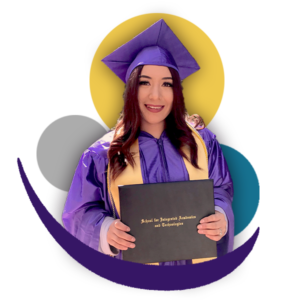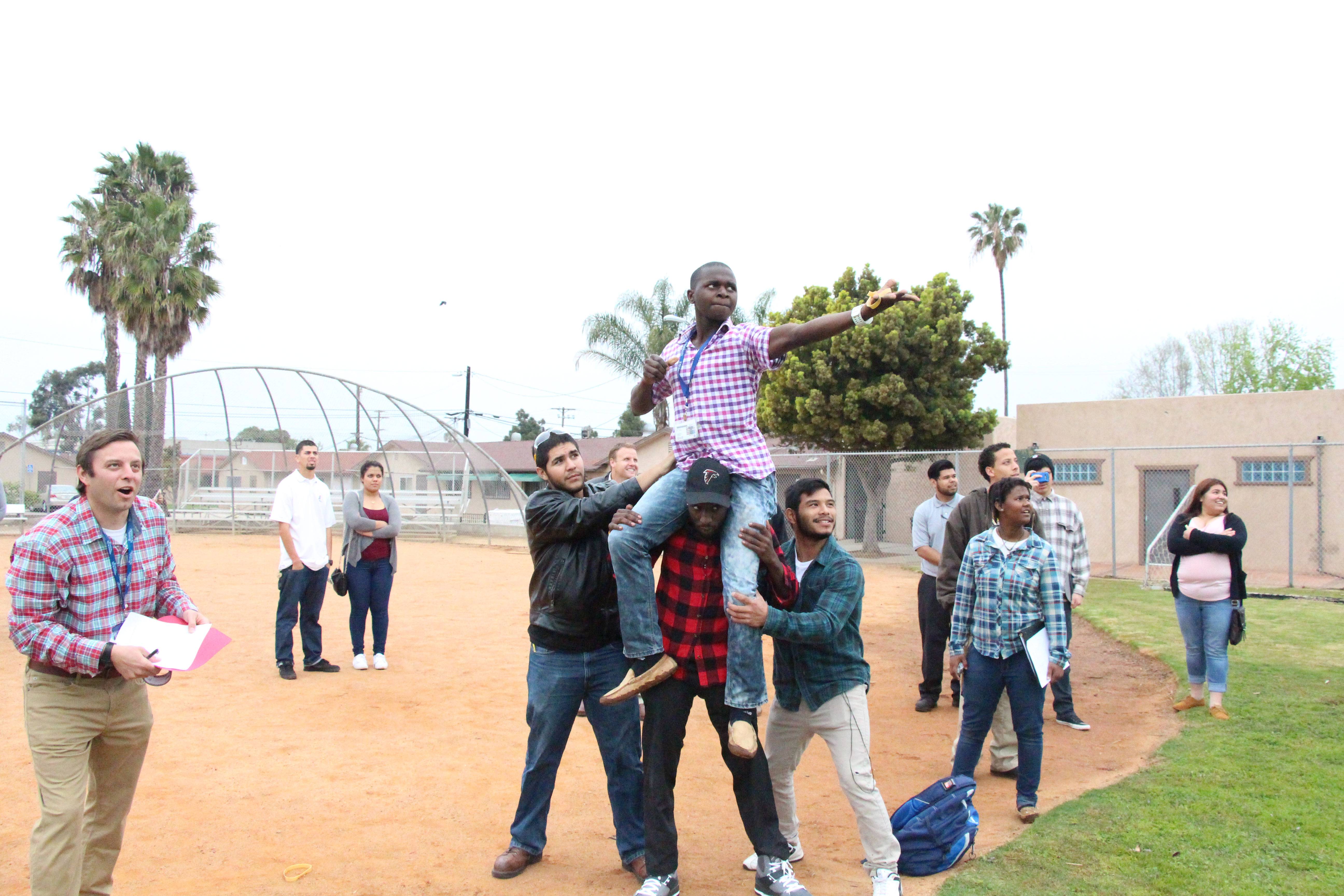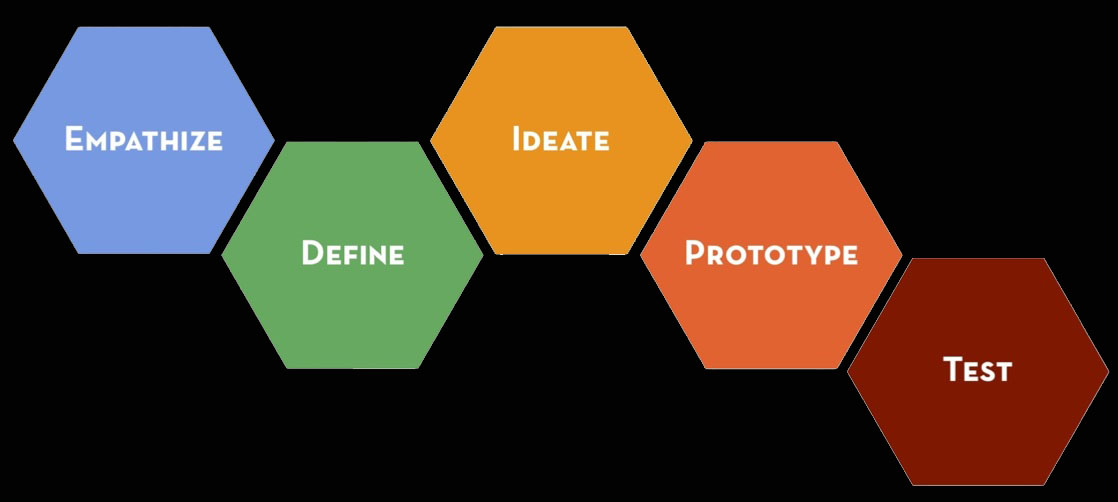Flight Design Project
SIATech San Diego students take their "First Flight" using Stanford's Design and Thinking Process with the Flight Design Project. In this two day project, students formed into groups and designed flying devices made to travel as far as possible. After their findings, students reflected back on initial testing to improve the following trials. Some of the questions the groups had to answer included:
- How did my group work together?
- How can we work more effectively Tomorrow?
- What were my strengths and weaknesses as a member of my team? How can you work more effectively tomorrow?
- What did Google’s Project Aristotle find are the two common traits of successful groups?
- Did your group demonstrate these two traits? How?
- What did Thomas Edison say is the way to have a good idea?
- What did Thomas Edison say is the way to have a good idea?
Students were then able to take their finding and apply them towards the next day flights. The students realized their strengths, weaknesses learned how to work better as a team and accomplish tasks out of their comfort zone. They learned to avoid the "Bystander Effect", which is a social psychological phenomenon in which individuals do not offer means of help to a victim when other people are present. The probability of help is inversely related to the number of participants. There is a diffusion of responsibility in groups. Students also learned about "Group Think", which is a psychological phenomenon that occurs within a group of people, in which the desire for harmony of conformity of the group results in an irrational or dysfunctional decision-making outcome. Groups members try to minimize conflict and reach consensus without critical evaluation of alternative viewpoints. Stanford's Design Thinking Process provided students a better way to design, test and analyze their performance.
Stanford Design and Thinking Process
- EMPATHIZE:Work to fully understand the experience of the user for whom you are designing. Do this through observation, interaction, and immersing yourself in their experiences.
- DEFINE:Process and synthesize the findings from your empathy work in order to form a user point of view that you will address with your design.
- IDEATE:Explore a wide variety of possible solutions through generating a large quantity of diverse possible solutions, allowing you to step beyond the obvious and explore a range of ideas.
- PROTOTYPE:Transform your ideas into a physical form so that you can experience and interact with them and, in the process, learn and develop more empathy.
- TEST:Try out high-resolution products and use observations and feedback to refine prototypes, learn more about the user, and refine your original point of view.
On day two, students were able to reflect on their findings and perform evaluations on their peers and on themselves. This gave students a chance to look back on their decisions and find what they would have done to improve their techniques. SIATech Schools uses this strategy as a bias toward action is a core mindset or principle of design thinking. It means we promote action-oriented behavior, rather than discussion-based work. Finally, action is viewed as a way to get “unstuck,” to inspire new thinking, and to come to agreement as a group.
If you would like to learn more about the flight design project, please download the power point presentation. Read More!





